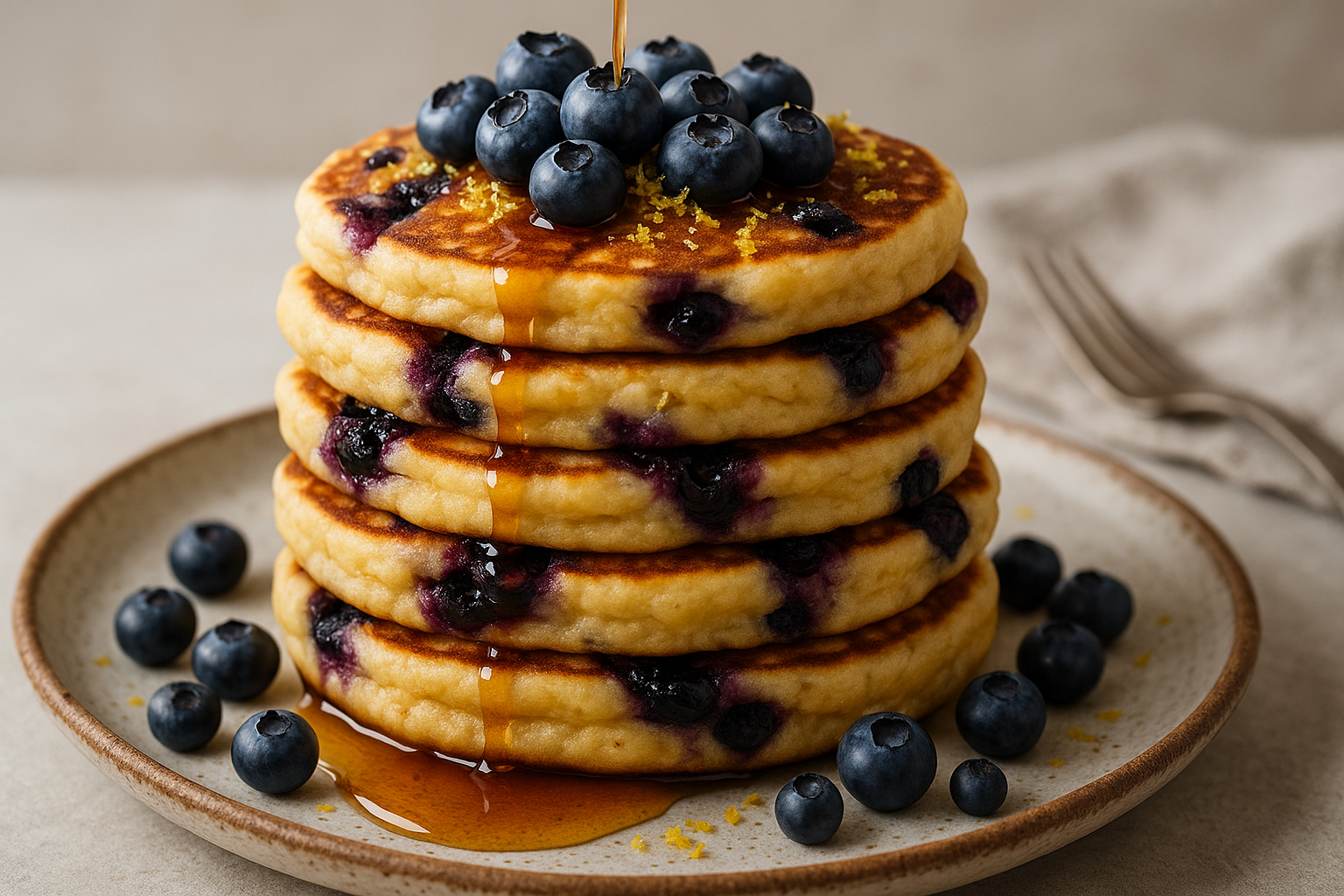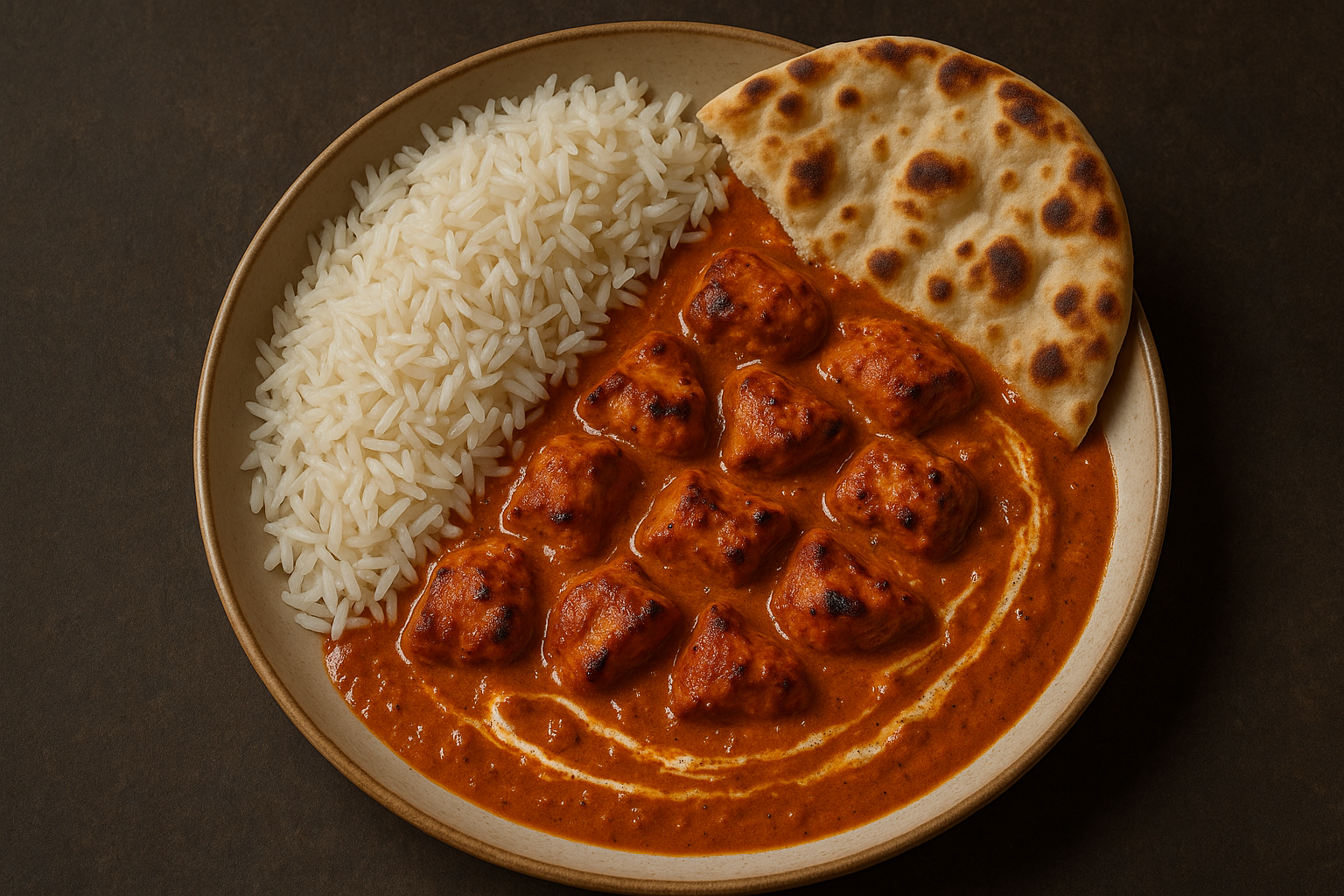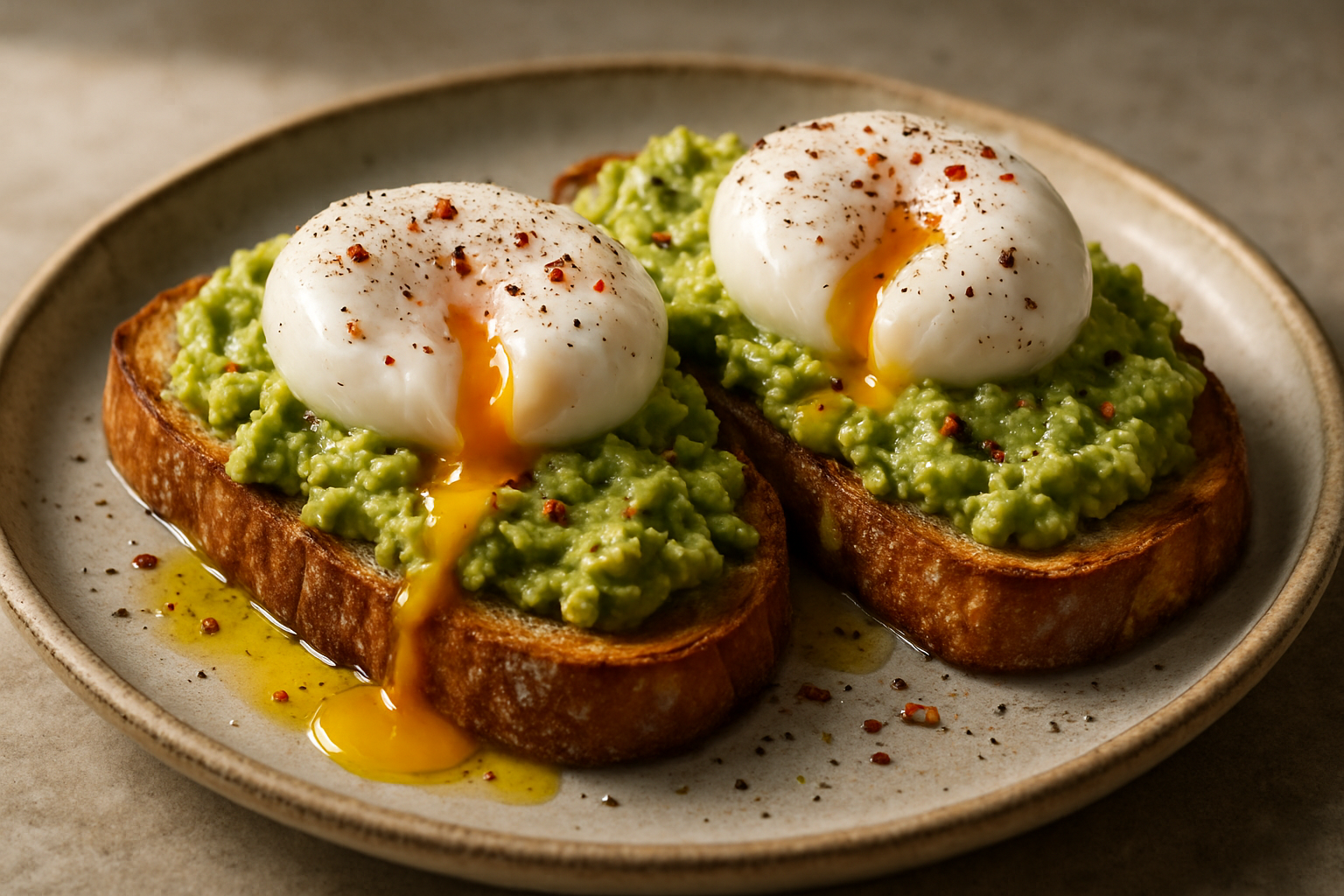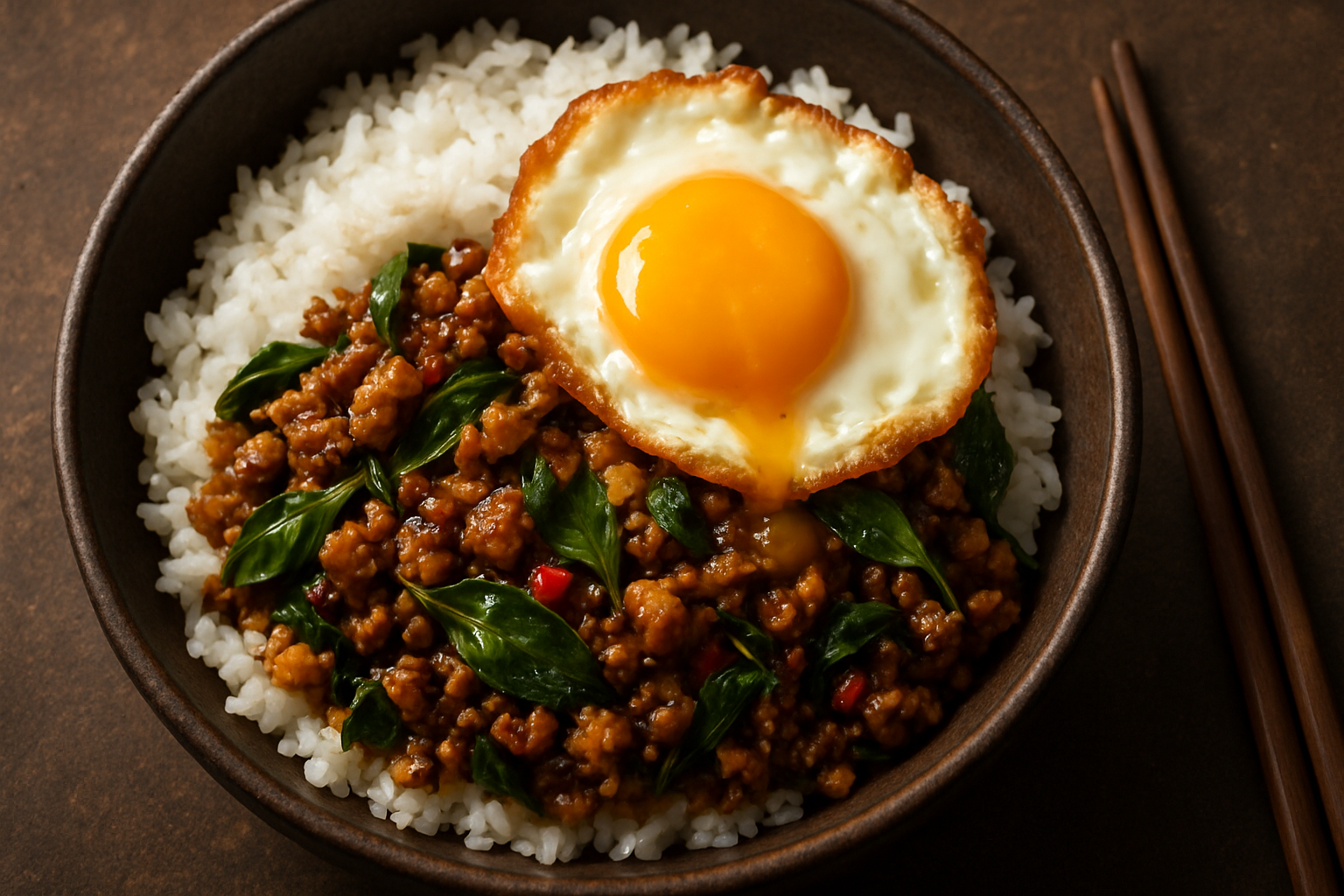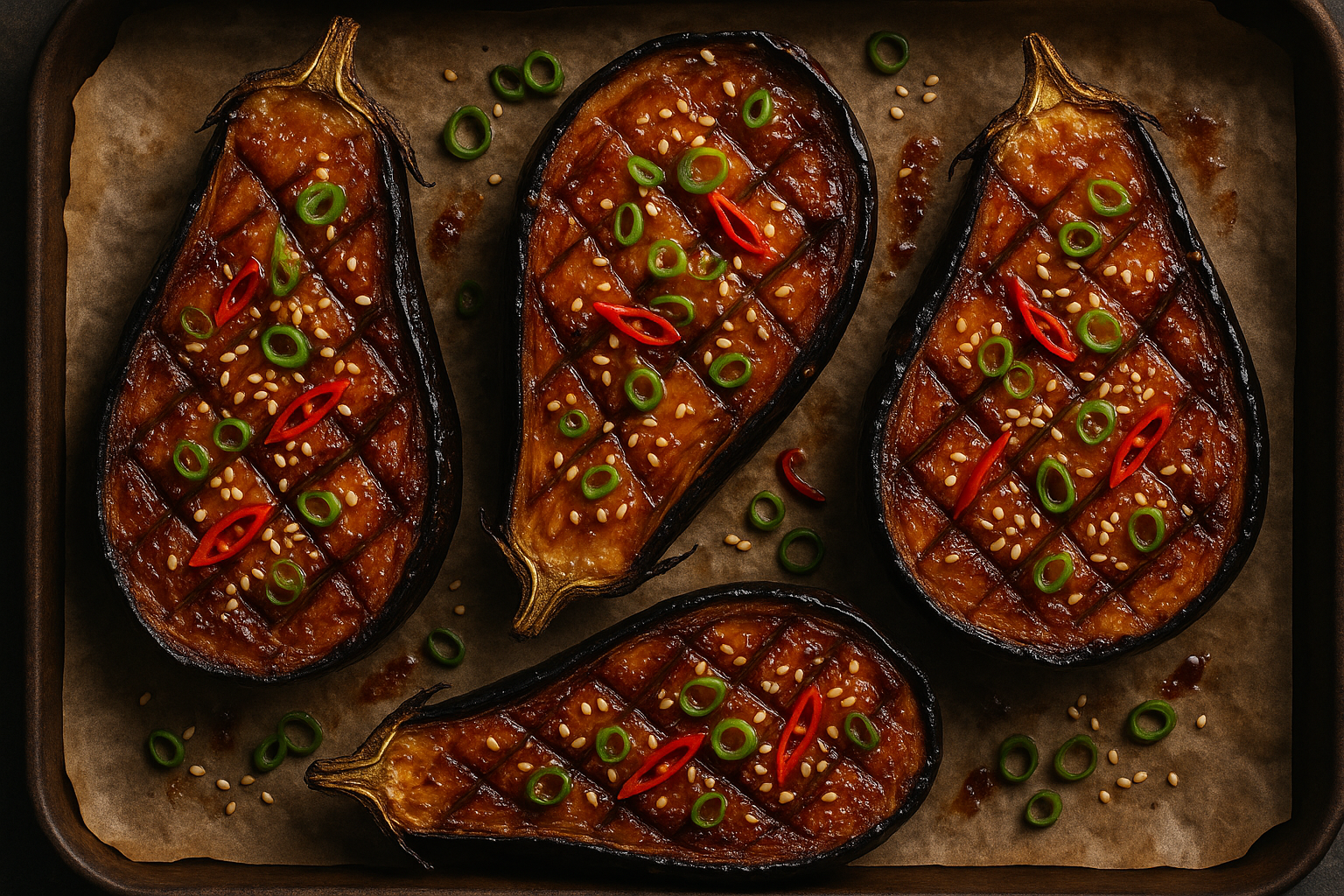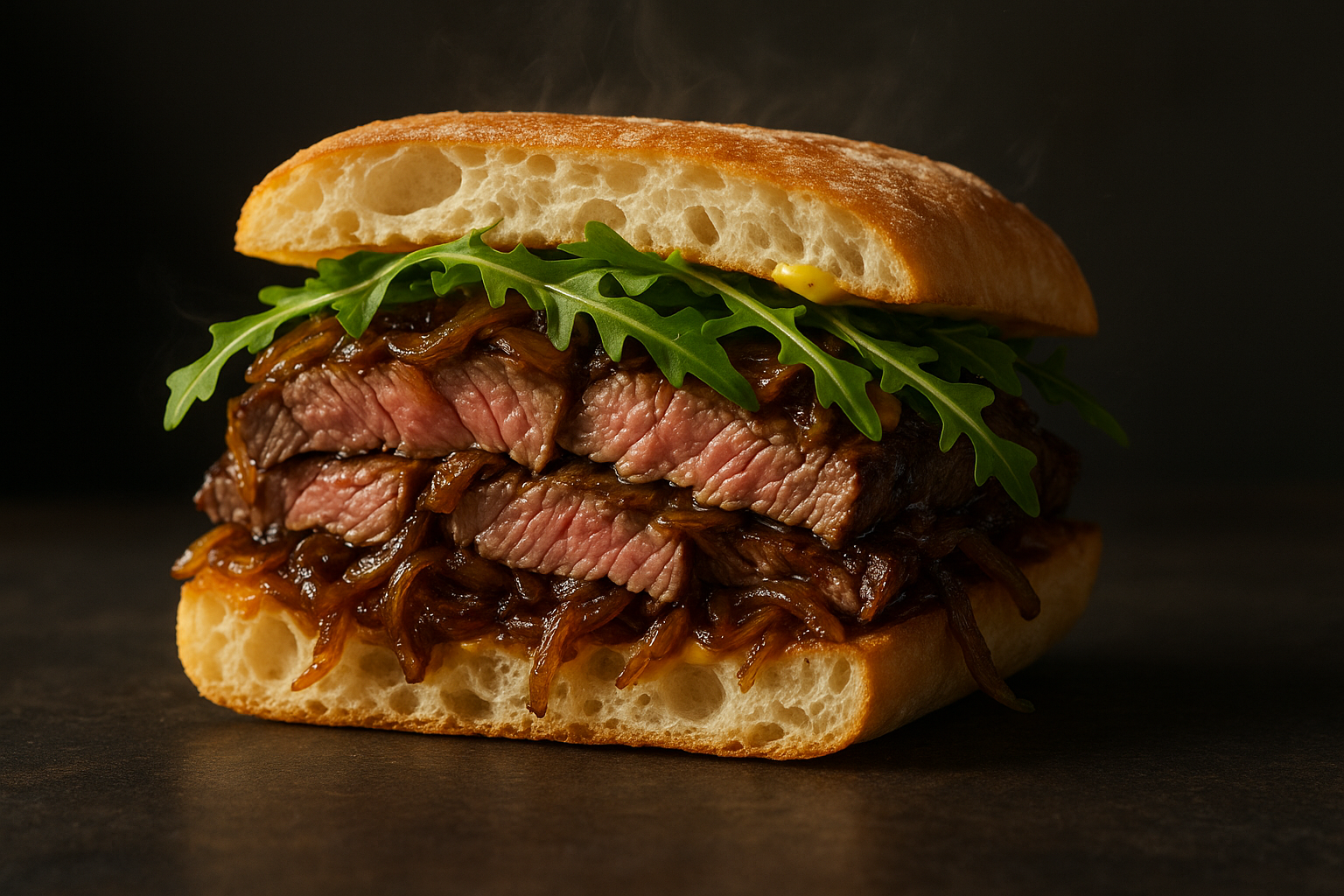These are the pancakes that make getting up worth it. Not those floppy, pale, forgettable stacks you get in a greasy spoon. These are thick, golden rounds of lemon-zested fluff loaded with bursting blueberries and dripping with maple syrup. Sharp. Sweet. Soft in the middle, crisp at the edge. The kind of breakfast that demands silence until the last bite.
You’re working fast and loose with basics here — flour, egg, milk — but what makes these pancakes fly is the balance. The citrus zest electrifies the batter, while the blueberries pop like little flavour bombs. Then there’s the texture — airy and pillowy inside, with that golden shell that comes from just the right amount of heat and butter.
Cooked in batches, stacked high, and drowned in syrup, they’re dangerously moreish. One stack and you’ll forget cereal ever existed. Make these once and you’ll never go back to boxed mixes again.
INGREDIENTS
(Makes 6–8 pancakes, serves 2 hungry or 3 polite people)
150g plain flour 1 tablespoon caster sugar 1 teaspoon baking powder Pinch of fine salt 1 large egg 200ml whole milk Zest of 1 lemon (plus more for garnish) 1 small handful fresh blueberries (plus extra to serve) Butter, for greasing the pan Maple syrup, to serve
EQUIPMENT NEEDED
Large mixing bowl Medium jug or bowl for wet ingredients Whisk Non-stick frying pan or griddle Ladle or large spoon Spatula Microplane or fine grater Serving plates
STEP-BY-STEP METHOD
1. Combine the dry ingredients
In a large bowl, whisk together the plain flour, caster sugar, baking powder, and a pinch of salt. Don’t just stir — whisk. You want everything evenly distributed and aerated before the wet ingredients hit.
2. Mix the wet ingredients
In a separate jug or bowl, crack in the egg and add the whole milk. Grate in the zest of one lemon using a microplane for maximum flavour. Whisk until smooth — this should look like a slightly foamy custard base.
3. Bring the batter together
Pour the wet mixture into the dry. Now whisk it gently, just until combined. Lumps are fine. In fact, a few lumps mean you haven’t overmixed it — and that’s what keeps the pancakes fluffy, not rubbery.
Once combined, fold in the fresh blueberries using a spoon or spatula. Don’t crush them — just gently stir them through. If your berries are large, halve them for better distribution.
4. Heat the pan
Place a non-stick frying pan or griddle over medium heat. Give it time to get evenly hot — you want a consistent sizzle, not a scorched base. Lightly brush with butter just before the first pancake goes in. Too much and they’ll fry, not brown.
5. Cook the pancakes
Using a ladle or large spoon, pour batter into the hot pan — about one ladle per pancake. Leave plenty of space between them. Cook for 2 minutes or until you see bubbles rising and edges starting to set.
Flip confidently and cook the other side for 1–2 minutes more until golden and cooked through. Adjust the heat if they’re browning too quickly before cooking inside.
Transfer cooked pancakes to a warm plate and cover lightly with foil. Repeat with the rest of the batter, brushing with a little more butter between batches if needed.
6. Stack and serve
Stack the pancakes high on warm plates. Scatter over extra fresh blueberries. Drizzle generously with maple syrup. Grate a final dusting of lemon zest over the top for punch. Serve immediately — hot, golden, and unapologetically indulgent.
SERVING TIPS
Serve straight away while they’re hot and fluffy. Add a dollop of yoghurt or a smear of lemon curd if you want to push the citrus. Want crunch? Toasted almonds or granola bring texture. Coffee on the side is mandatory.
Feeding more? Double the recipe and keep batches warm in a low oven (around 100°C) on a lined baking tray.
CHEF’S NOTES
The batter:
Don’t overmix. A few streaks of flour are fine. Over-whisking develops gluten, and gluten kills fluffiness. Lumps disappear during cooking — trust the process.
The blueberries:
Fresh berries are best — they burst gently as the pancakes cook. If using frozen, don’t defrost. Just toss them in a little flour before folding in. That stops them from bleeding purple streaks through your batter.
The lemon zest:
This is the twist that lifts the whole stack. Zest adds brightness without watering down the batter like juice would. Use a microplane for maximum oil release — that’s where the flavour lives.
The pan:
Non-stick is crucial. If you’re using stainless steel, you’ll need more butter and a little more finesse. Keep the heat medium — too hot and the outside burns before the inside sets.
Make it your own:
Swap blueberries for raspberries, chopped strawberries, or even dark chocolate chips. Add a teaspoon of vanilla extract to the batter for extra warmth. Want them dairy-free? Use oat milk and coconut oil instead — still fluffy, still banging.
Batch tip:
Make a double batch and freeze extras. Once cooled, layer with baking paper and freeze in a bag or container. Reheat in a toaster or dry pan — they spring back like magic.
FINAL THOUGHT
This is breakfast that shows up with intention. No sad oats. No beige cereal. Just golden, citrus-spiked fluff with pockets of sweet berry brilliance and syrup cascading down the sides like liquid gold.
These pancakes aren’t just a morning meal — they’re a reason to get out of bed. And once you’ve mastered them, you’ll never settle for second-best again.
HEALTH STATS (per serving, 3–4 pancakes with syrup)
Energy: around 1900kJ (approx. 460kcal)
Fat: 16g
Saturates: 6g
Sugars: 14g
Salt: 0.6g
Carbohydrates: 60g
Protein: 10g
Fibre: 3g
DISCLAIMER
Every effort has been made to ensure the accuracy and clarity of this recipe. However, all individuals are responsible for verifying the ingredients, techniques, and methods they use. Always check packaging labels for the most up-to-date information regarding allergens, cross-contamination risks, and suitability for specific dietary needs, including gluten-free, nut-free, dairy-free, vegetarian, or vegan requirements.
Nutritional information provided is estimated for guidance only and may vary depending on portion size, specific brands, or substitutions used. It should not be relied upon as medical or nutritional advice. If you have any allergies, intolerances, medical conditions, or dietary concerns, consult a qualified health professional before preparing or consuming any recipe on this site.
By following this recipe, you acknowledge that you do so at your own risk. The site, its writers, and contributors are not liable for any adverse reactions, ingredient misinterpretations, or accidents in the preparation or consumption of any dishes.
For full details, please refer to the site’s complete disclaimer and terms of use.
